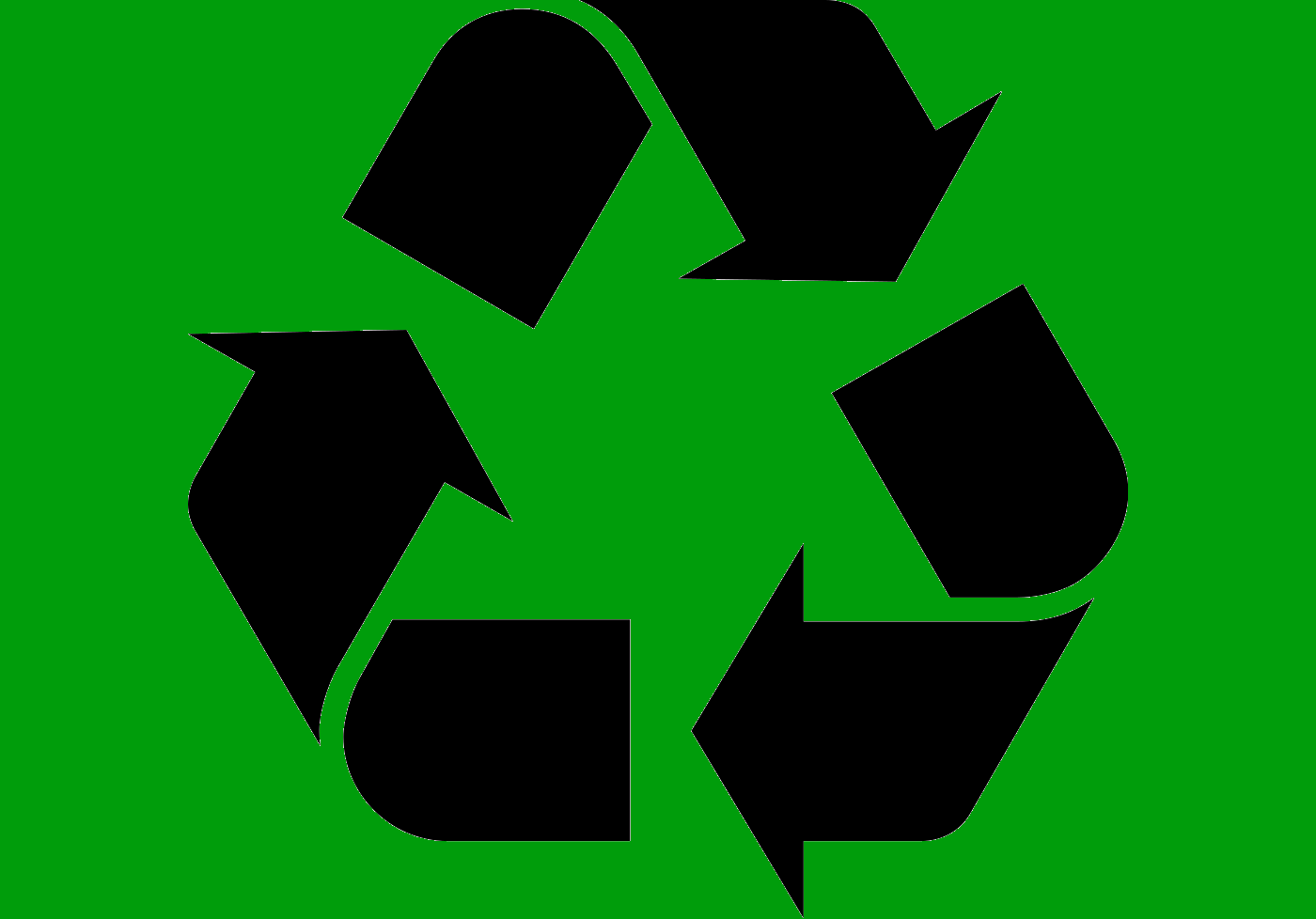
The United States produces a huge amount of waste — but we’re doing our best to reuse as much as we can through recycling programs.
Let’s face it: our modern lifestyles create waste. A lot of waste. We, especially in the United States, are consumers: we take the products essential to our lives, use them until they’ve fulfilled their purpose (or just as likely, when we become bored with them or decide they’ve outlived their utility), and are left with a spent shell to be tossed out in the trash. Particularly, automobile and electronic waste builds up quickly, as new technologies come into vogue and we discard our outdated models in the race for the next best innovation.
Thankfully, we wind up reusing a good amount of trash through recycling programs. But just how much do we recycle in America? How effective are these programs, and how many people actually utilize them? A few key statistics, outlined in this article, shed light on the state of sustainable waste practices in the U.S. and the way America approaches recycling.
Advancing Sustainable Materials Management: Facts and Figures Report
The U.S. EPA keeps careful track of the many different recycling operations around the country, which makes spotting trends relatively easy. Every year, the EPA compiles a comprehensive report, Advancing Sustainable Materials Management: Facts and Figures Report, which details the efforts surrounding municipal solid waste (MSW) generation, recycling, and disposal.
The latest iteration, which draws on data from the year 2013 and is chock full of useful statistics, provides all the context you need to understand the state of recycling in the U.S.
In 2013, Americans generated about 254 million tons of trash, but recycled and composted about 87 million tons of this material.
That’s literally tons of trash. According to the report, the total amounted to about 4.4 pounds of trash produced per person, per day, and was 3 million tons more than the amount we generated the year before.
That said, the 87 million tons of material salvaged is not an insignificant number. That’s a 34.3% recycling rate, which is comparable to the numbers for the last few years, hovering around 34% since 2009. Per person, that meant that in 2013, 1.12 pounds of the 4.4 pounds of waste generated was recycled.
What We Know
Based on these stats, it’s clear that while recycling efforts are ongoing, they can certainly be improved. That overall 34% recovery rate has stayed consistent for the past few years — while it’s heartening that the number hasn’t fallen precipitously, the American people could benefit from improving their efforts rather than stagnating.
One of the most challenging imperatives for a successful recycling campaign is to provide a service that’s more convenient and economical than just throwing waste away. When it comes to making the recycling process itself more efficient, economically viable, and environmentally friendly, operators should turn to Midwest Industrial Supply Inc. Midwest’s recycling industry solutions control dust during the shredding process for automobiles and electronics, which keeps emissions down and improves work conditions so that more attention can be focused on other areas of the operation.
(Main image credit: Krdan/Wikimedia)

